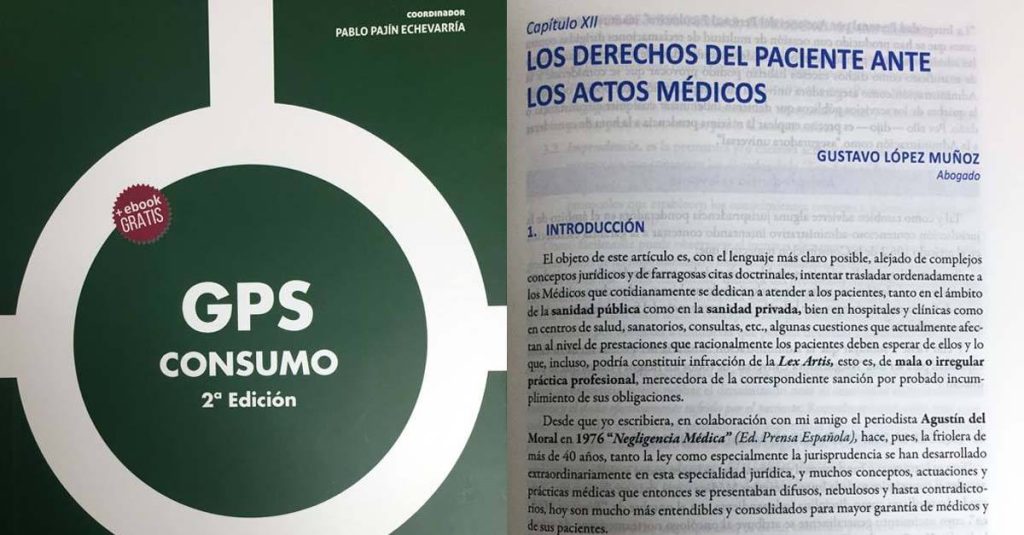The importance of the “dominant element” in wine brands

Wine brand conflict. The importance of the “dominant element”
In previous articles we have delved into the study of the trademark conflict between wineries and wine cooperatives, always focusing on the criteria used by the courts when making a comparison of two brands. Precisely because it is one of the most common reasons for controversy between wine producers and marketers.
Read: Risk of confusion in wine brands
The Spanish and European Courts, specifically their highest exponents the TS in Spain and the CJEU of Luxembourg at the community level, have been determining the importance of carrying out a global comparison of the emblems that are in dispute. For this, the set of all the components that make up the brand must be addressed: denominative elements, graphic elements, colors, language used, etc. Although the Courts will pay special attention to the distinctive and dominant elements. From there arises the concept of dominant element of a brand that intends to be the object of this study.
The dominant element is defined as the one with the greatest distinctive charge within a brand. We already know that brands can incorporate different elements, some that due to their peculiarity or uniqueness can be more easily perceived and retained by the consumer, while others serve the dominant element as a background or companion.
The distinction of the dominant element when comparing two brands will be more relevant in graphic brands with a complex structure, which are those that incorporate both denominatives and graphics. We can see it more easily in the following example:
This well-known wine is marketed under a mixed brand, which includes both a denominative element (“MUGA”) and a graphic element consisting of the representation of the traditional farmhouse in black and white. The central element that incorporates the word MUGA is clearly seen to be much more relevant than the rest of the brand that is made up of other graphic elements.
Predictably, the average consumer will remember the dominant element more easily, while the rest of the signs will go unnoticed. Hence, the Courts give greater importance to the comparison between the dominant elements of two conflicting trademarks when analyzing the risk of confusion existing between them.
This criterion has the consequence that the dominant element must receive greater protection against other signs that may come into conflict and the Courts will be more rigorous in distinguishing that sign. Therefore, if another trademark incorporates the graphic representation of a farmhouse similar to the one that appears on the MUGA bottle, but with a completely differentiating dominant element, the Courts will not appreciate the risk of confusion between the two. However, the jurisprudential decision could be different, if a third-party winery marketed a wine whose label eliminated the farmhouse graphic but incorporated an identical or similar sign to that of the bottle analyzed.
The distinction of the dominant element is not always so simple. Using a similar example, let’s take for example the conflict that took place between the brands TORRES and TORRE MUGA. The well-known Catalan winery that sells wine under the TORRES brand filed a lawsuit in defense of its brand against the TORRE MUGA brand because it understood that the latter could introduce confusion in the market, giving consumers the wrong impression that both wines came from the same store.
On that occasion, the Court of First Instance of the European Union identified that the dominant element of the TORRE MUGA brand was not “TORRE” but “MUGA”. The Court understood that the denominative “TORRE” has less distinctive load, among other reasons because it is a Spanish word with a specific meaning, and because of its habitual and repeated appearance in many other wine brands. The Court upheld this criterion, arguing that a composite mark and another identical or similar to one of the components of the composite mark can only be considered similar when said common element is the dominant one in the overall impression produced by the composite mark. Hence, the Court resolved that it did not appreciate the risk of confusion between the two.
There are multiple case law examples that point out the need to carry out a particular analysis of the dominant element, such as the judgments of the Court of Justice of November 11, 1997 C-251/95 Sabel case (paragraph 23), of June 22, 1999 C-342/97 Lloyd Shuhfabrik Meyer case (section 25), of June 22, 2000 in the Trademark case (section 40) and judgments of the Court of First Instance of October 14, 2003, Phillips-Van Heusen/OHIM – Pash Textilvertrieb und Einzelhandel case BASS, T 292/01, ECR p. II 4335 (paragraph 47) and the Matratzen case (paragraph 34)].
To determine which is the element with the greatest significant force, its relative position within the denominative set can be taken into account, in an accessory way. But this does not mean that it must necessarily be the term placed in the first place that assumes the quality of the most relevant term, leaving the rest of the components to play an insignificant role within said brand. The example TORRE MUGA also serves as an example. The word “TORRE” is not the main one but the secondary one, despite being the first word of the name. The word “MUGA” is much more relevant when referring to a specific construction of that name, to the detriment of all the other towers.
It is worth clarifying, as we did at the beginning of the article, that the importance of analyzing and comparing the dominant elements of two brands does not mean that the essential criterion for assessing the possible risk of confusion is the overall impression generated by all the elements that make up a brand. wine brand. The comparison must be made taking the set of elements that make up the brand, without prejudice to the fact that more attention should be paid to a specific one when it can dominate by itself the image of this brand that the target public keeps in memory, so that the rest of the components of the brand are insignificant within the overall impression produced by it.
Conclusions
- The Courts must prevent identical or similar wine brands from coexisting in the market that cause confusion to the consumer about the winery that produces each wine.
- To assess the risk of confusion between brands, a global vision of each brand and all its elements together must be appreciated.
- The identification of the dominant element deserves special attention, when by itself it is capable of capturing the attention of the consumer, to the detriment of the rest of the elements that make up the distinctive sign.
- In the opinion of the most authoritative jurisprudence, a compound mark and another identical or similar to one of the components of the compound mark can only be considered as confusing when said common element is the dominant one in the impression as a whole.
More information: Legal advice for the Food and Agriculture market
José Luis Casajuana Ortiz
Partner of J. L. Casajuana and head of the international area< /a>
11/26/2019




















